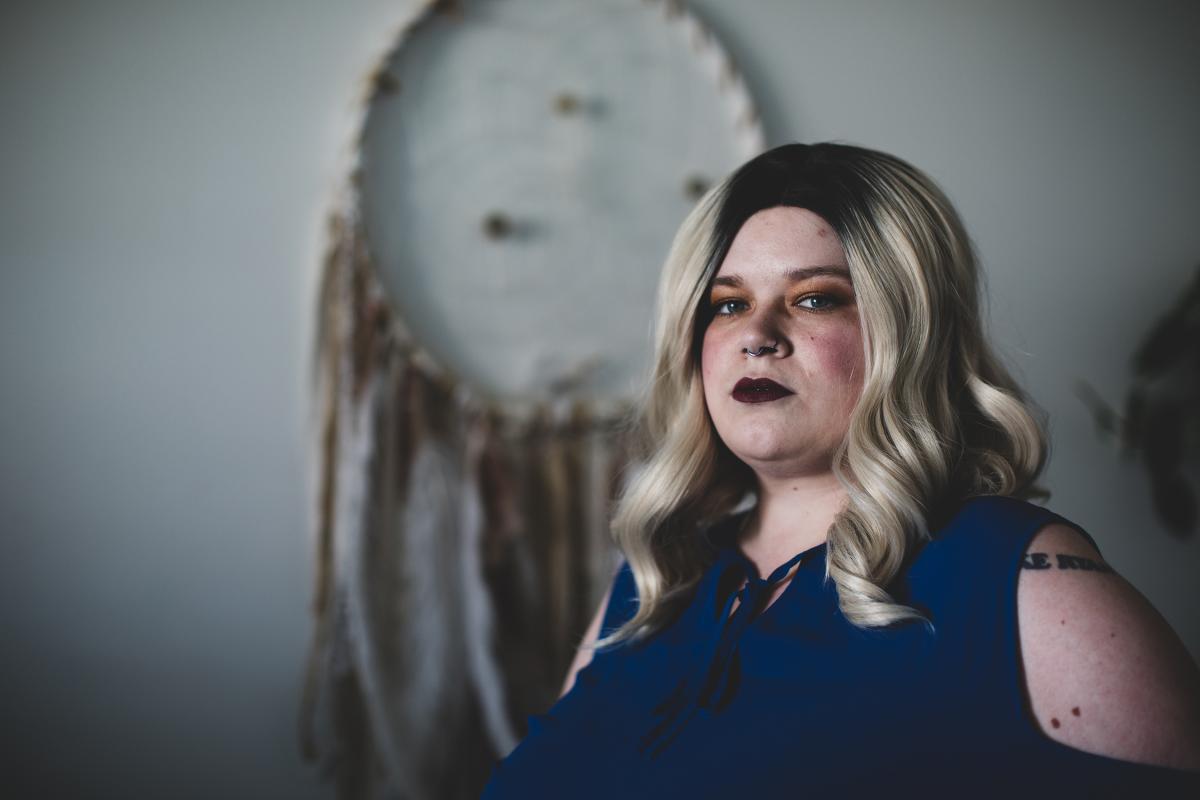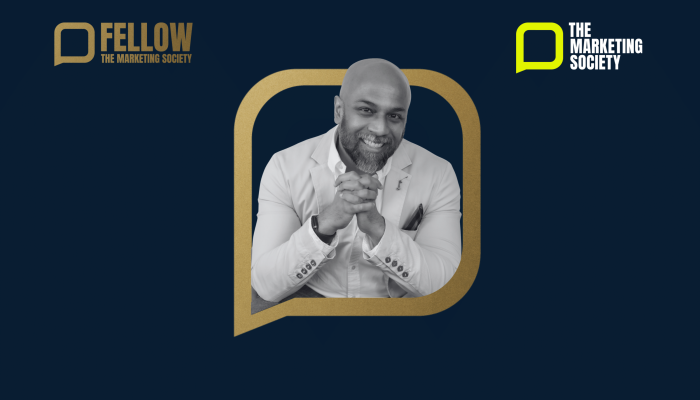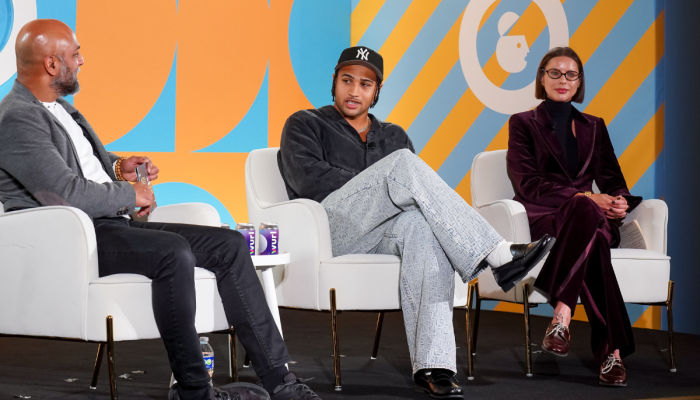Photography remains one of the most powerful storytelling elements for marketers. It captures a moment in time and can eloquently express emotions, feelings, and insights without uttering a single word. Today The Marketing Society explored what visual storytelling looks like in today’s age of inclusion at an Uncomfortable Breakfast generously hosted by Getty Images. It was a thought-provoking and personal discussion led by NY Chair, Margaret Molloy.
My key takeaway is that marketers can be #bravetogether by consistently incorporating mindfulness into the visual storytelling process; as brand leaders we should feel empowered to speak up and represent our own points of view (even if it’s the only diverse voice in the room) but also to have empathy and own the responsibility for representing the views of others.
It is no longer enough to make marketing decisions based on what’s important for the business; we need to consider what’s important for society. Advertising images have the power, not only to reflect society, but also to lead: to represent the future of where society is going.
Here are a few additional things I learned:
- Photography has been democratized. Tristen Norman, Creative Planning & Insights Lead, Getty Images, pointed out that the number of photos we’ve taken collectively doubled between 2013 and 2017, from 6 billion to 1.2 trillion, largely due to the popularity and accessibility of the phone camera. As more and more people get to participate, there are more voices at the center. It’s shifting the language. The landscape.
- Attempts to be inclusive can fall flat due to tokenism. Walter Frye, VP Global Brand Engagement, American Express shared that a recent agency photo shoot for their Small Business Saturday campaign required the visual representation of different looks, feels, and cultures. However, the agency’s recommended imagery had a disturbing pattern that few initially noticed: an Asian nail technician serving a white client; an African American record shop owner helping a white customer, etc.
- Sales increase when customers can identify themselves in the images. When UnTUCKit launched its Every Body is Welcome campaign with in-store imagery focused on a very wide range of body types, sales increased 40%. Lockie Andrews, Chief Digital Officer, pointed out that customers saw themselves in the ads and wanted the shirt from the pic that ‘looks like me’.
- Don’t forget age when considering D&I. Barbara Shipley, SVP & Chief Brand Officer, AARP, pointed out that there are 114 million Americans over 50--‘that’s not a demographic, that’s a country!’. They contribute $8.3 trillion to the economy and yet marketers tend to think of them as homogenous. They still work. They play. They are tech-savvy. They don’t exclusively hang out with others over 50 so why aren’t we depicting multi-generational groups?
- Its brave to go against the safe choice in imagery. Pepper Evans, VP Product Strategy & Marketing, Capital One, shared a proud moment when their card campaign featured two women on a date. They weren’t the punchline. Just two people out for dinner (using their Capital One card no less) and the ad normalized different types of diversity.
- Mindfulness should be a top desired trait when recruiting new marketers. The recent Gucci advertising debacle reminds us of the potential danger of prioritizing the technical skill set of a web marketer over his/her empathy. The bottom line? Be mindful. Create authentic stories. See the humanity. Have the brave and difficult conversations when you see imagery that just isn’t right.



